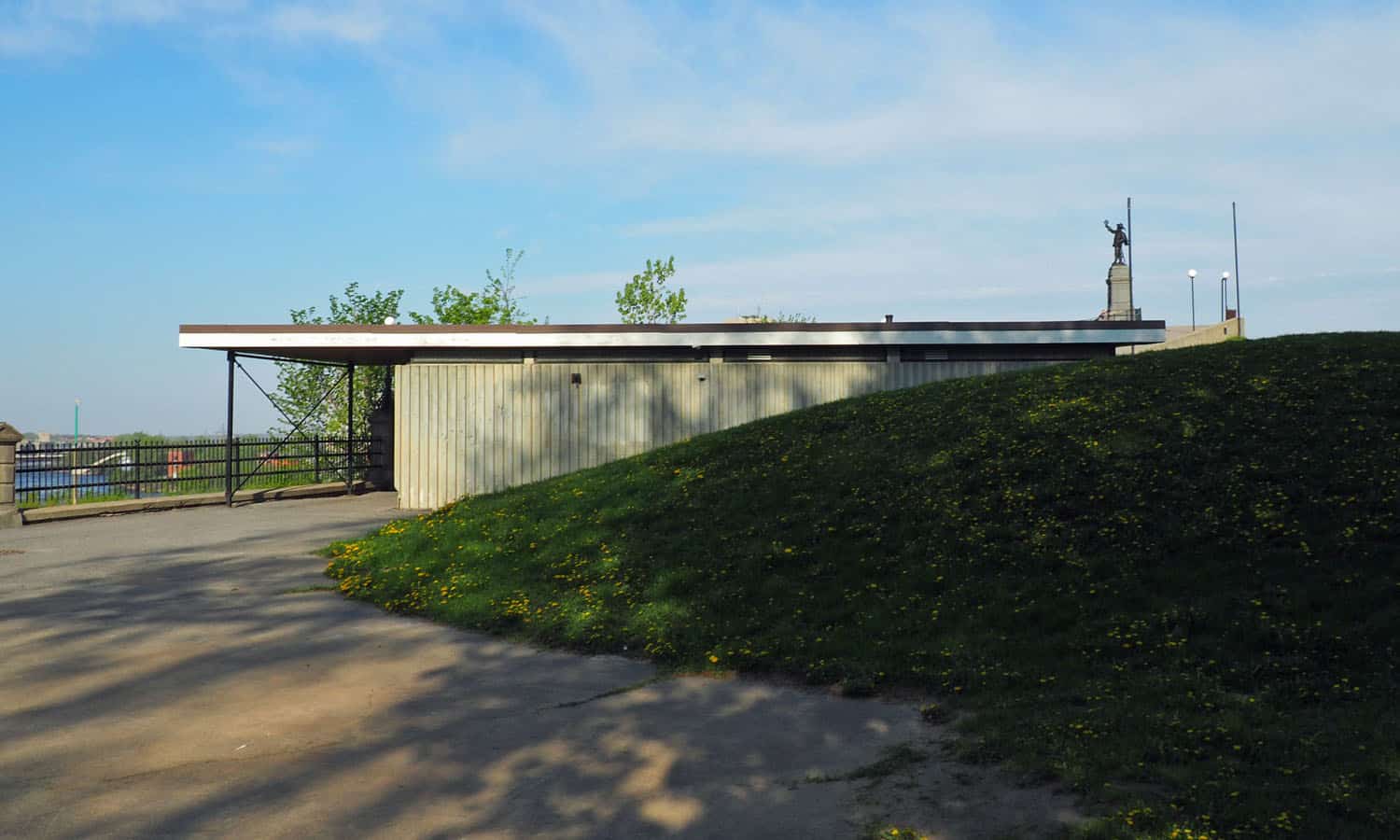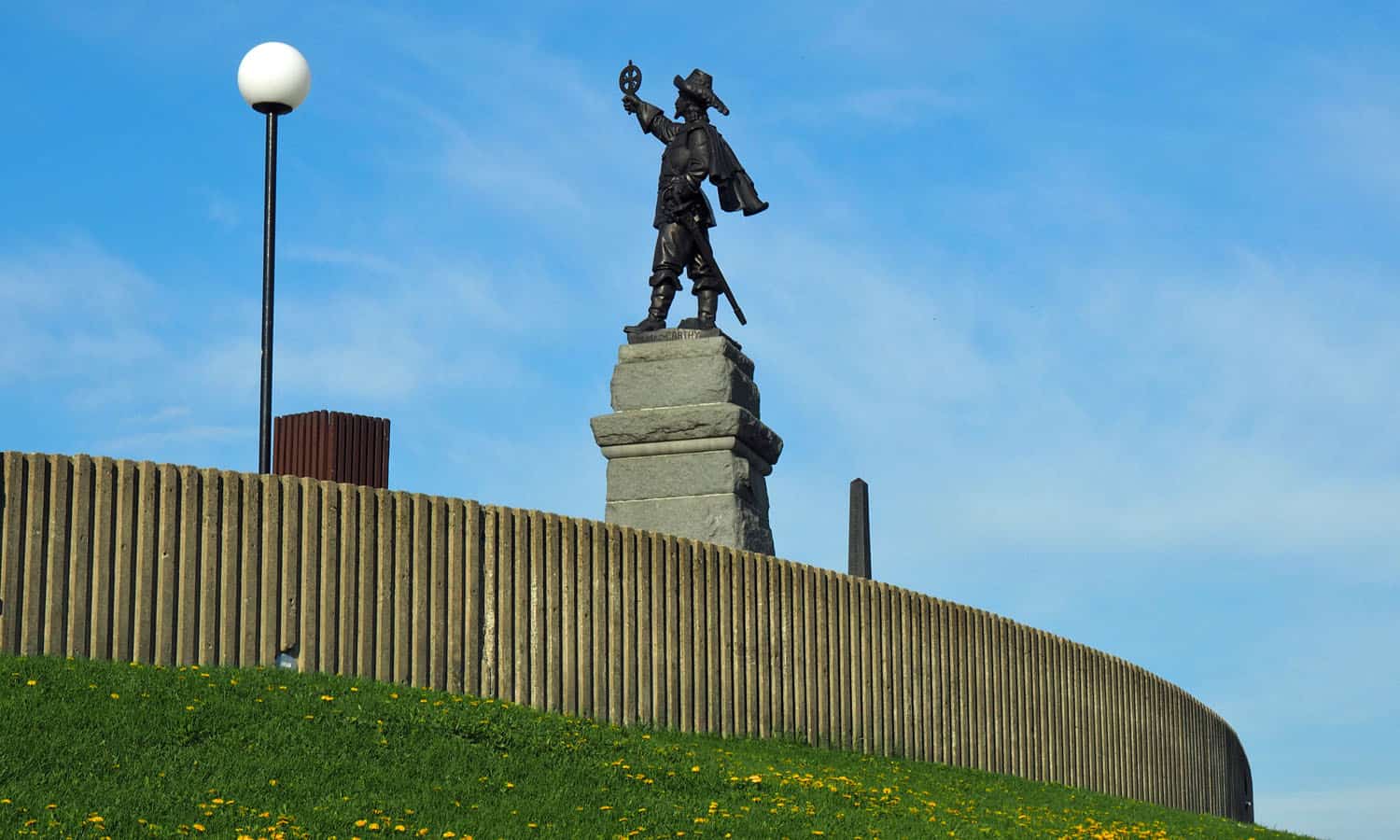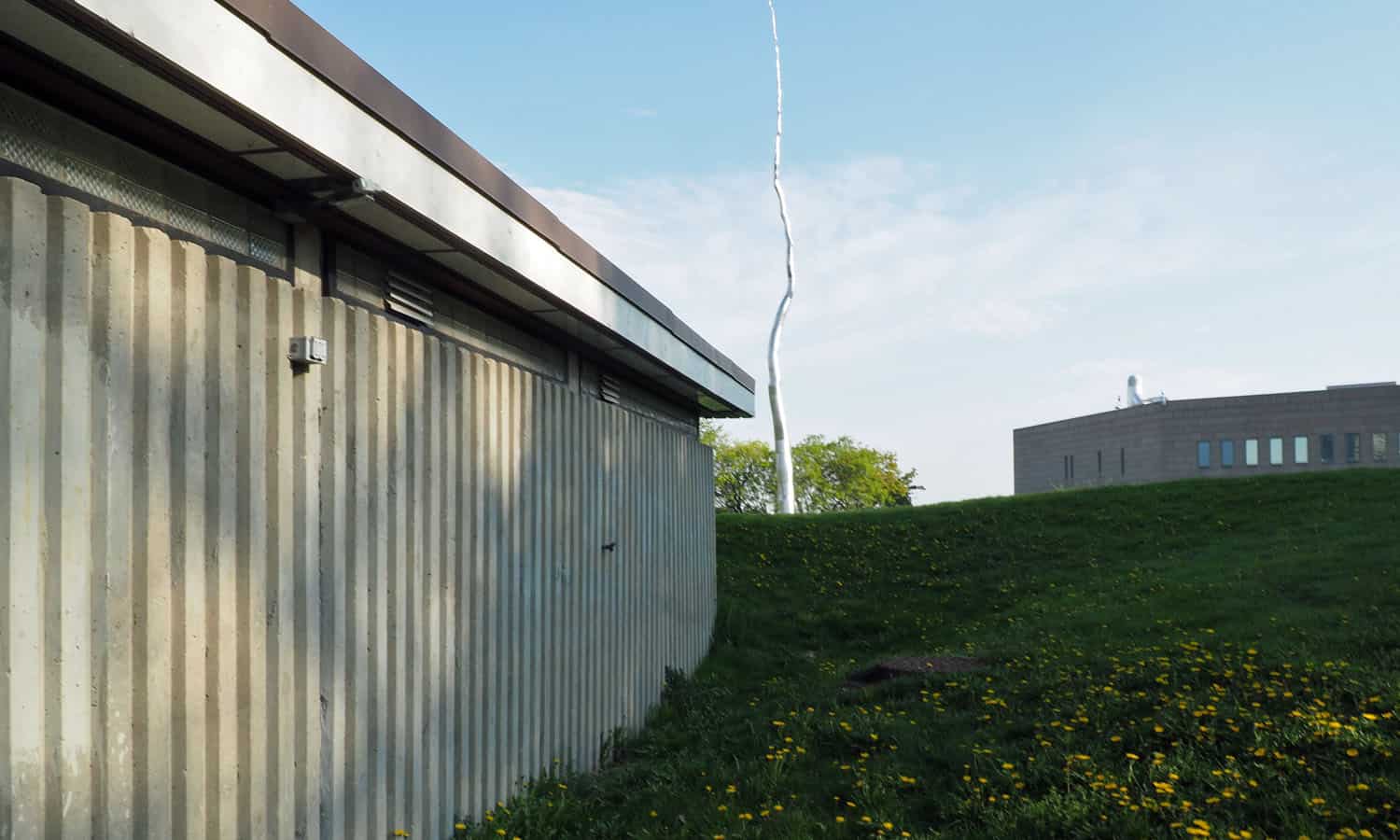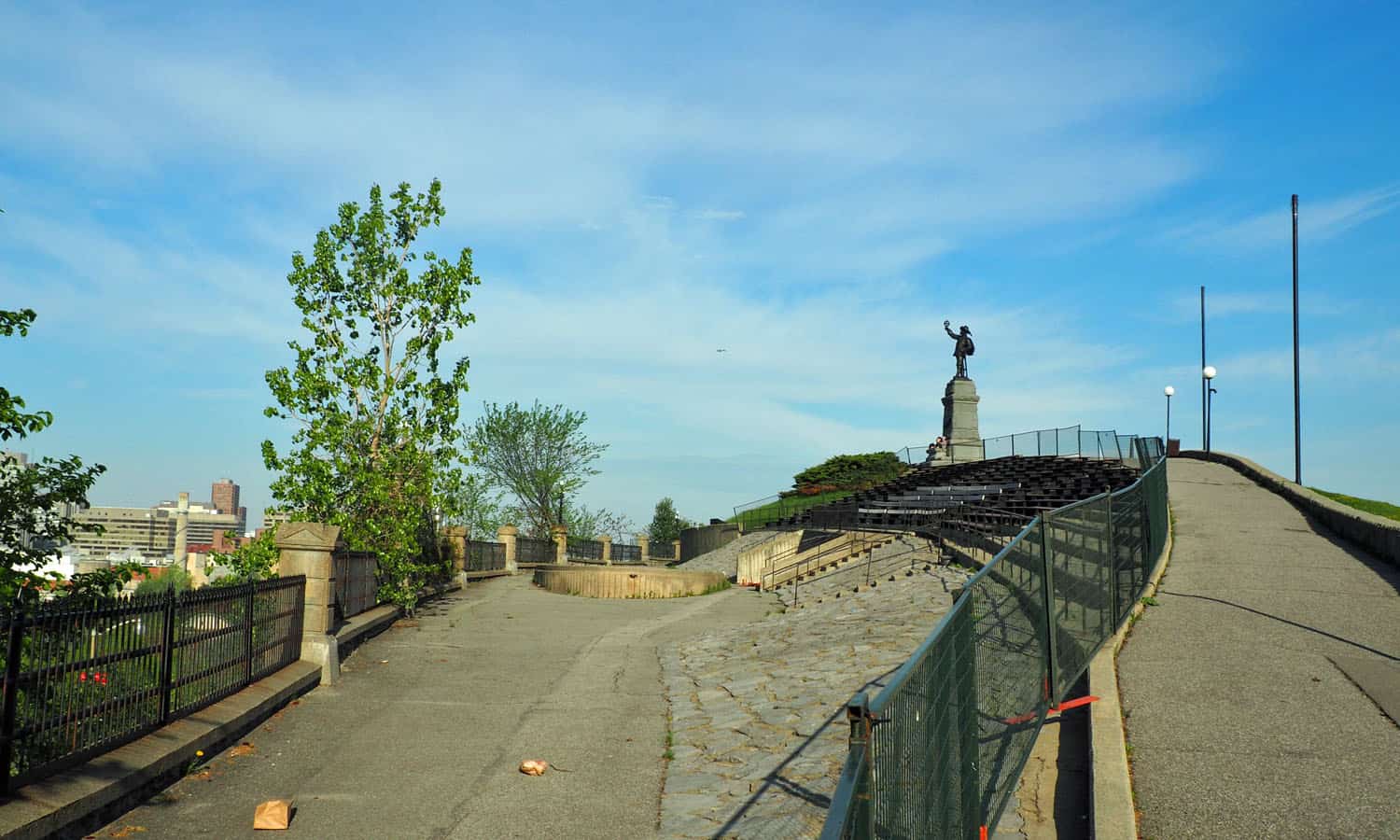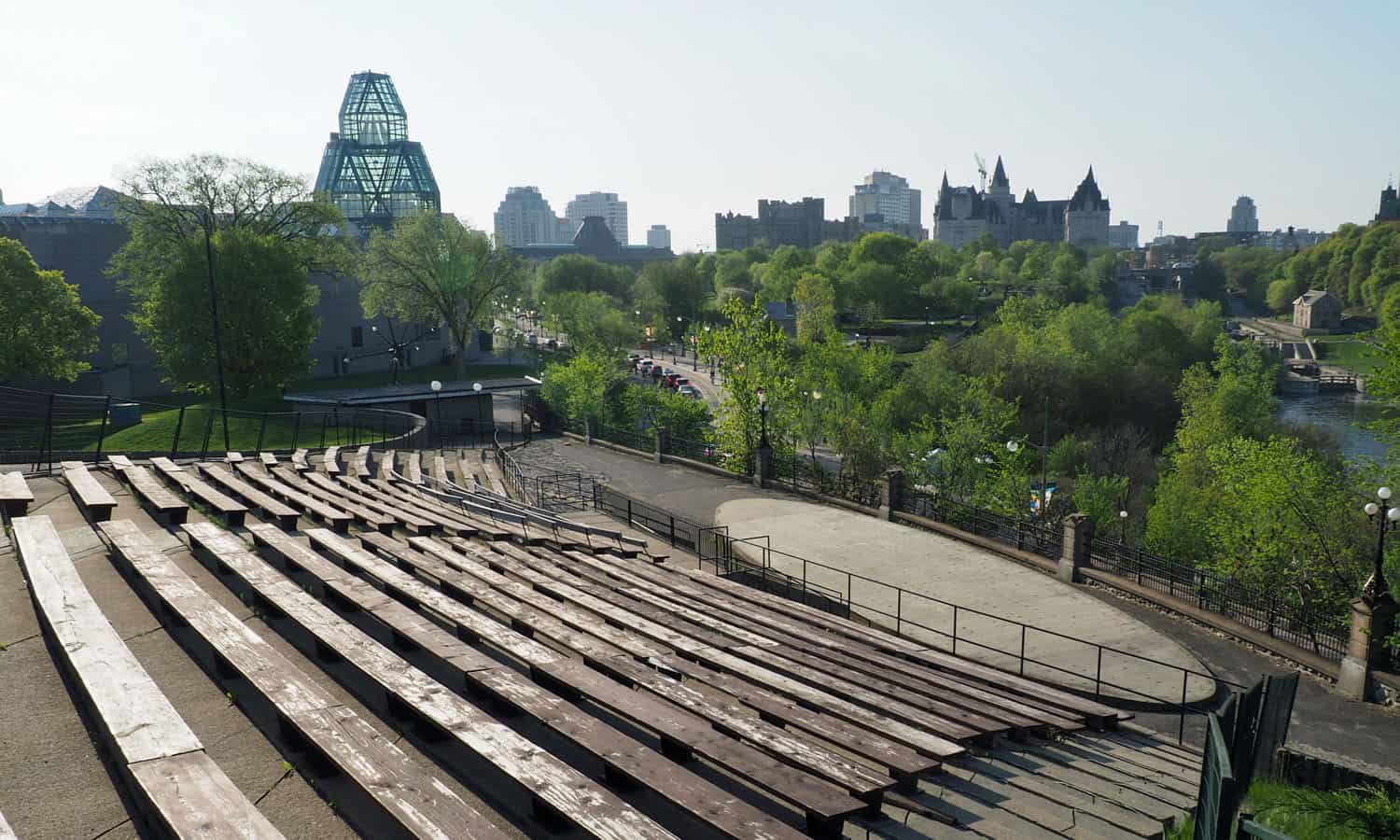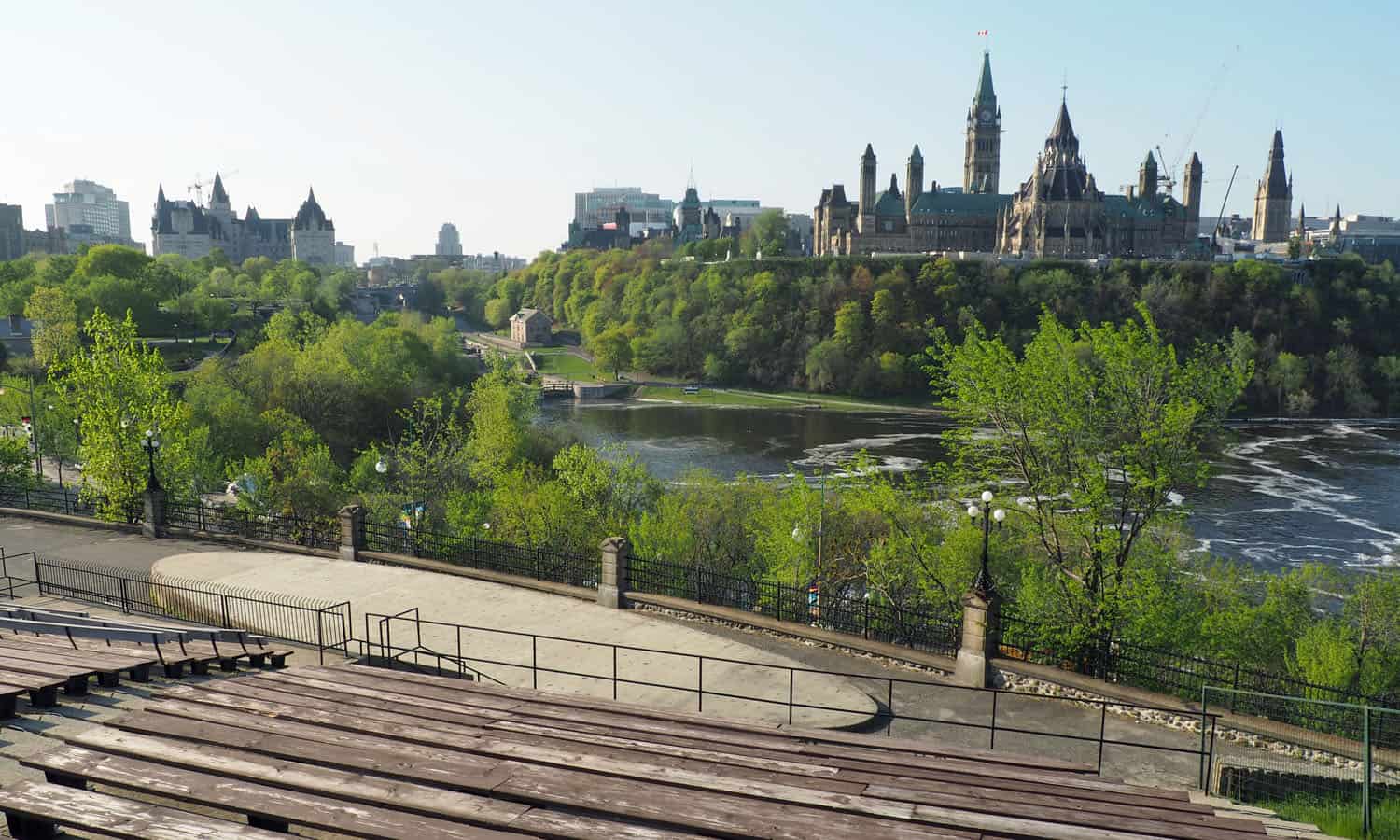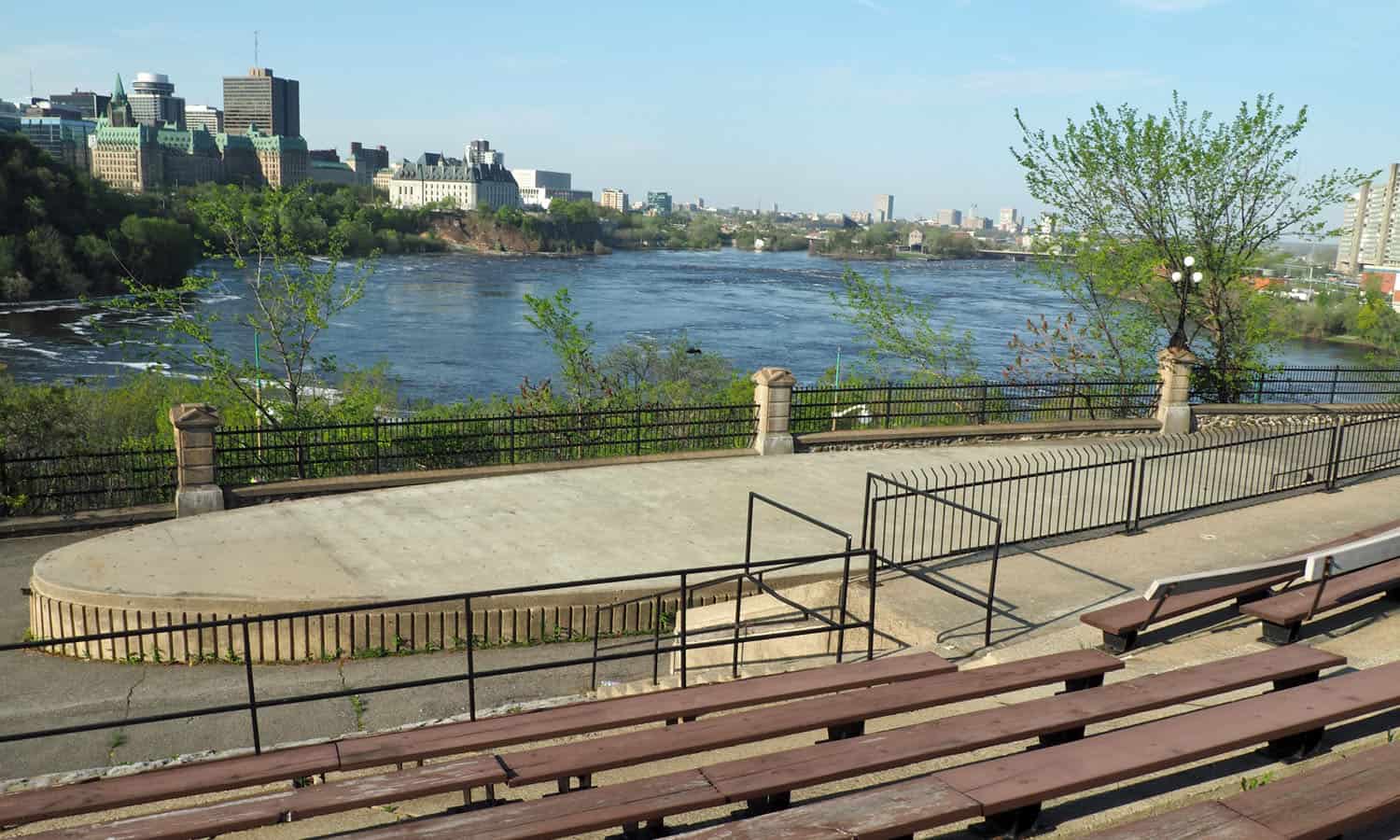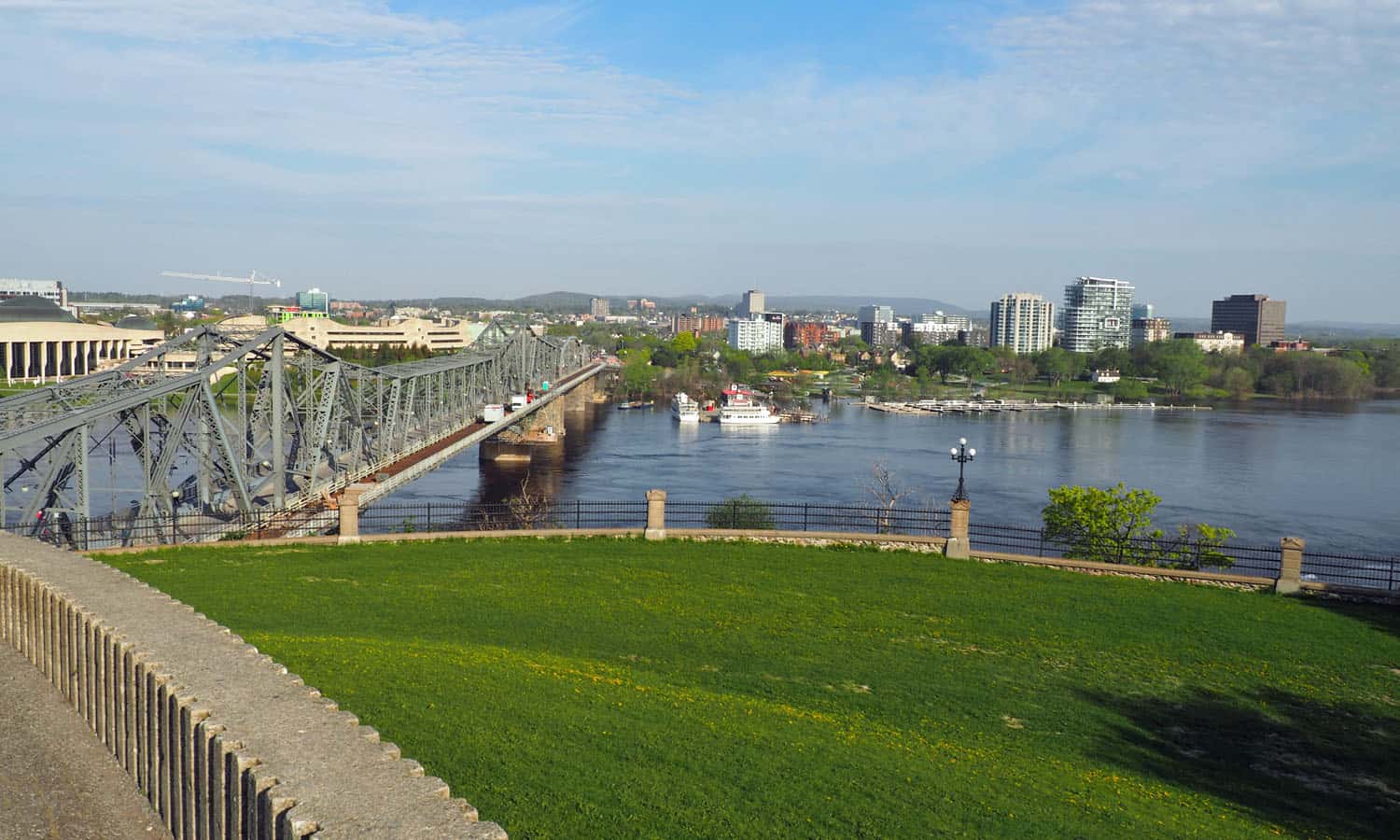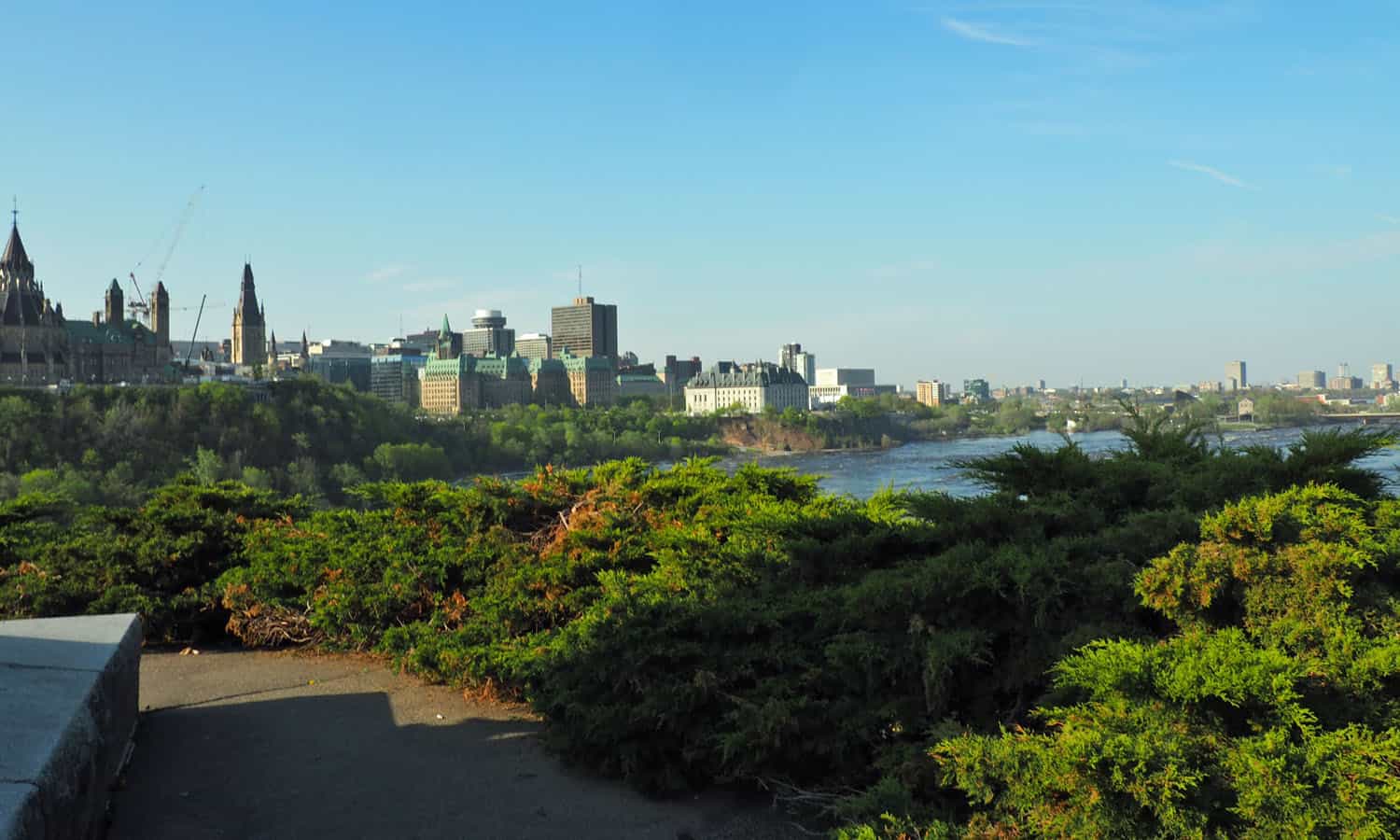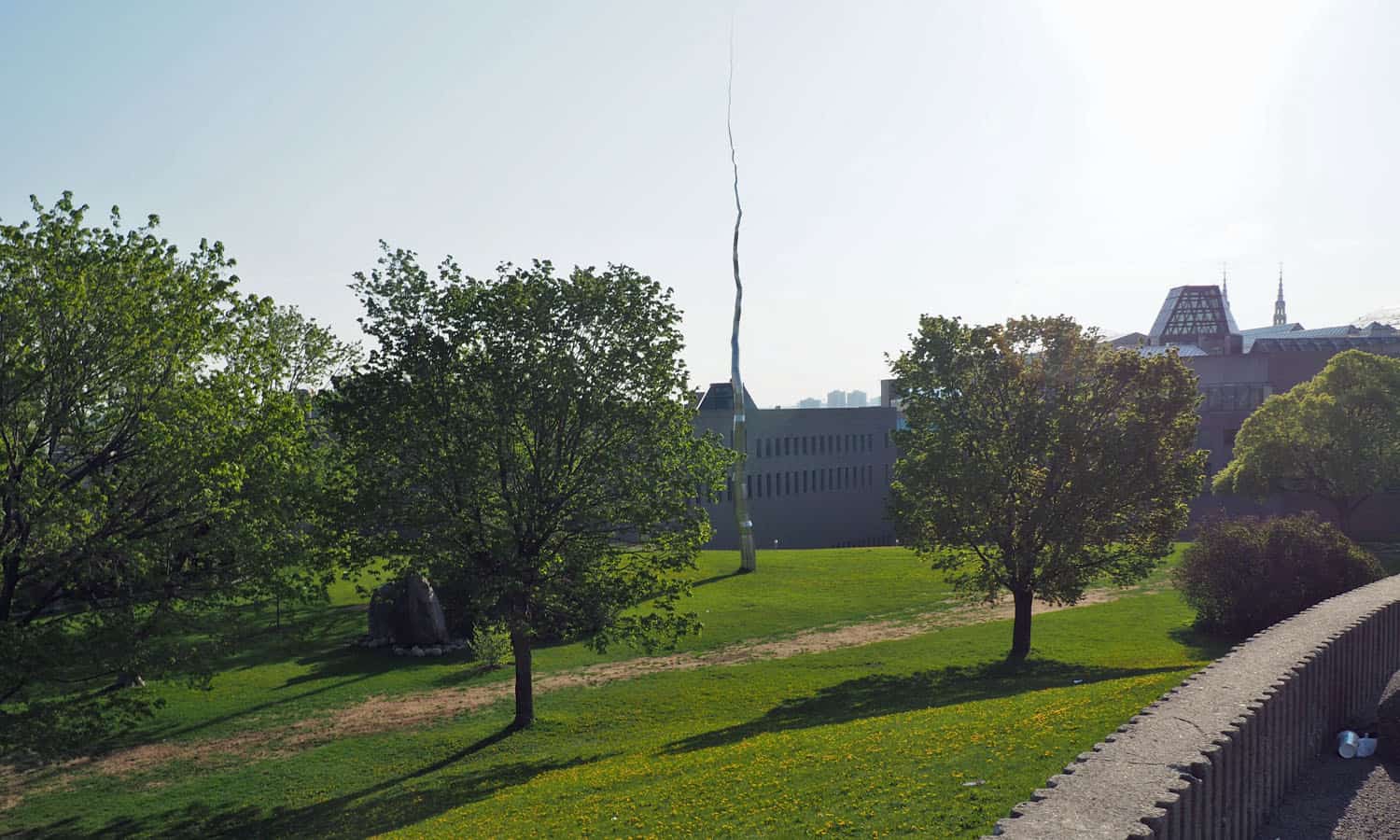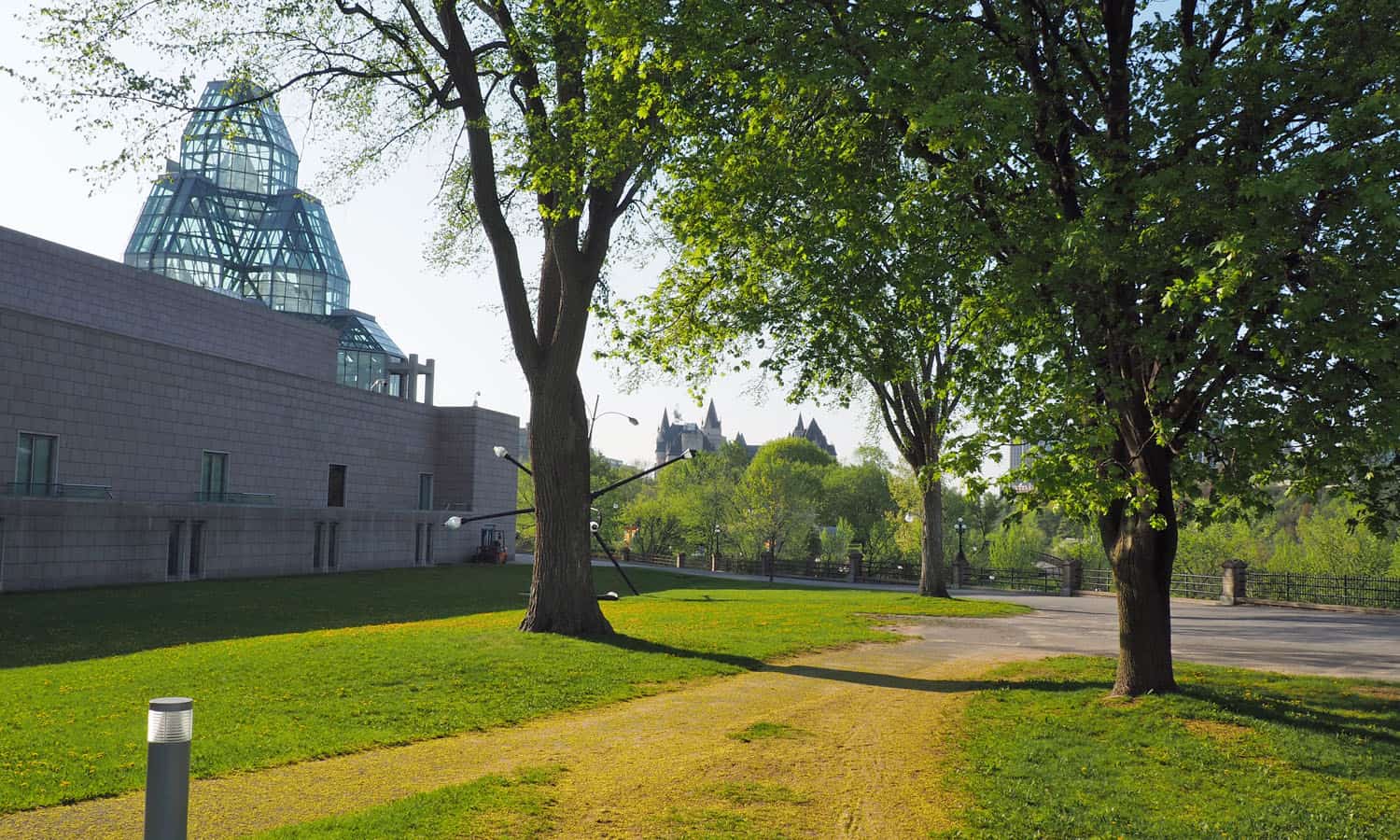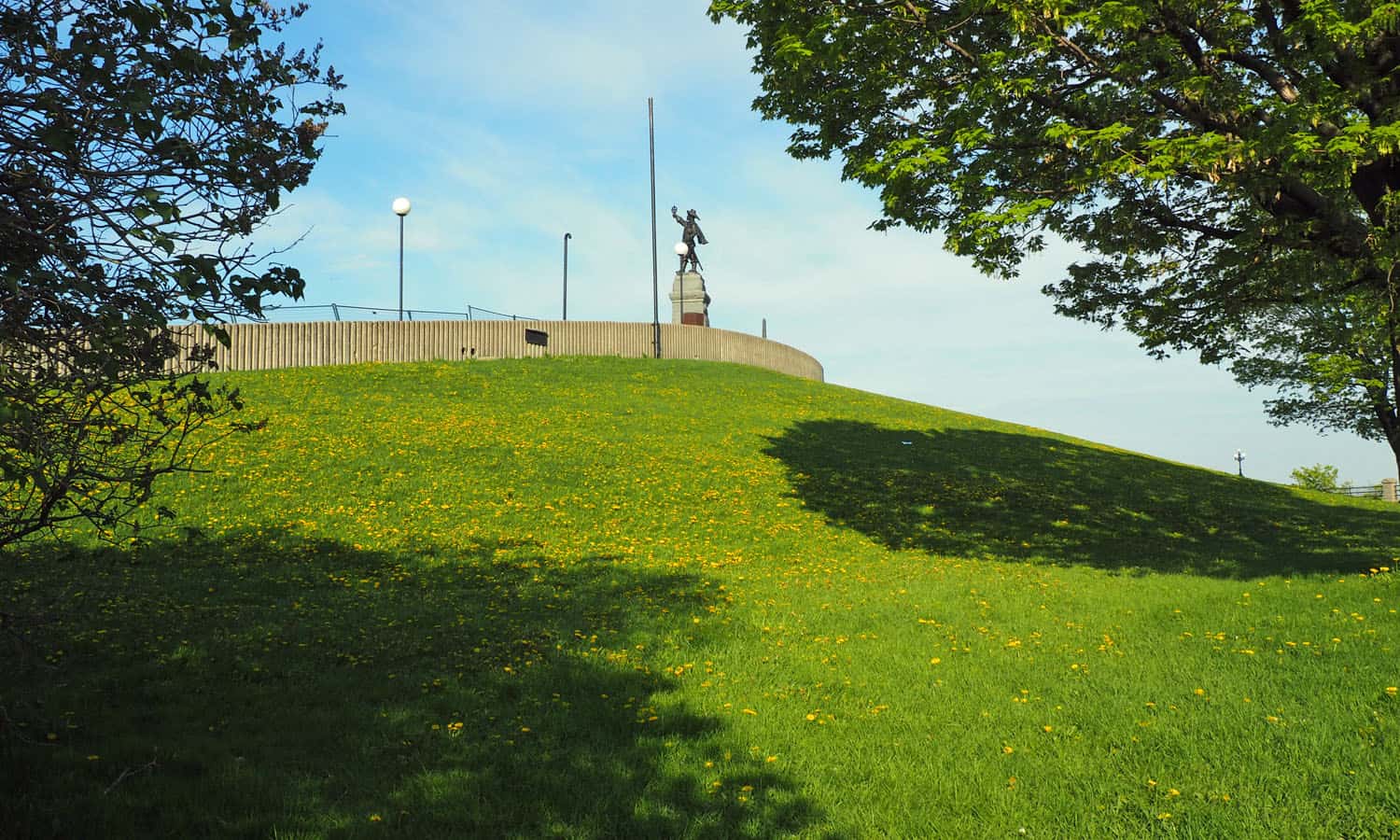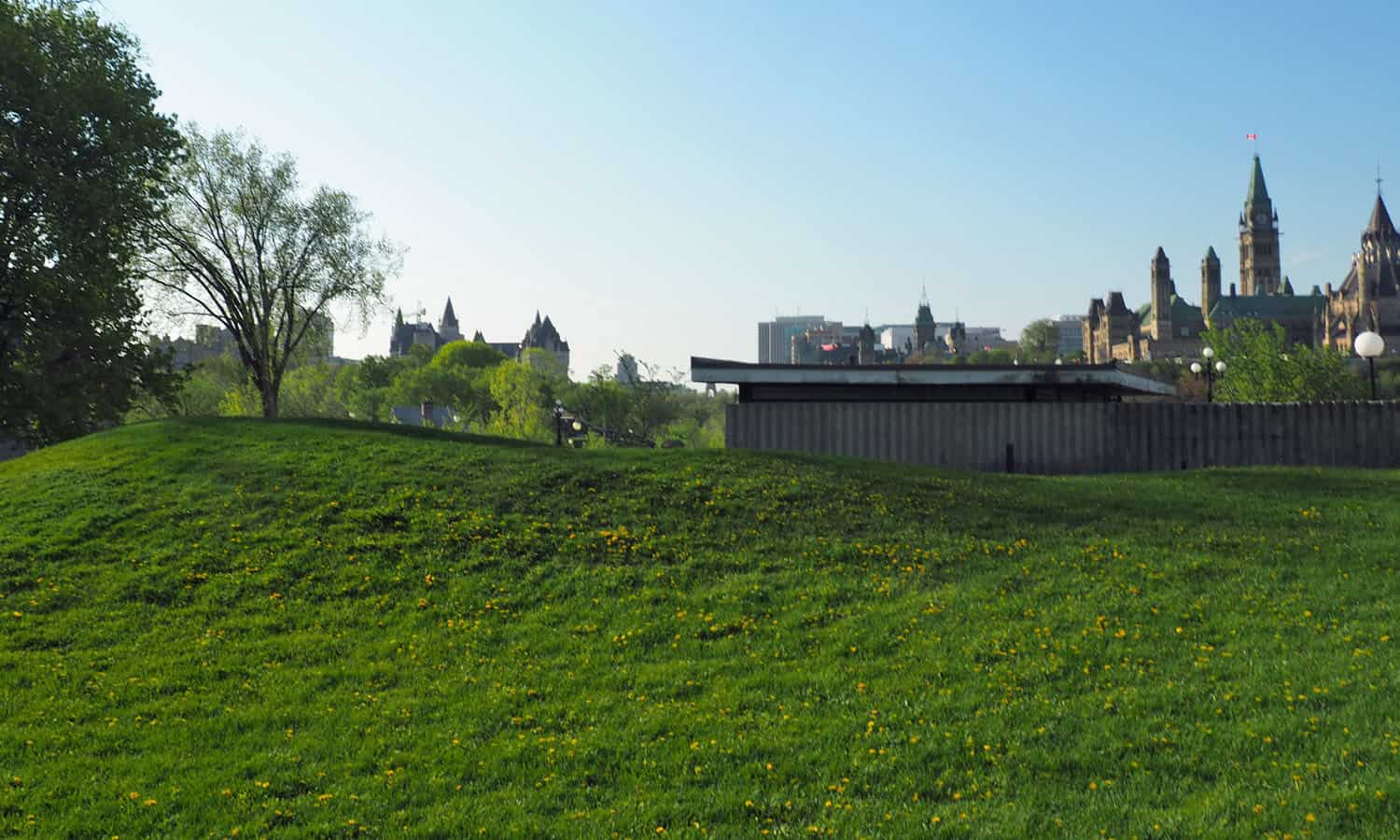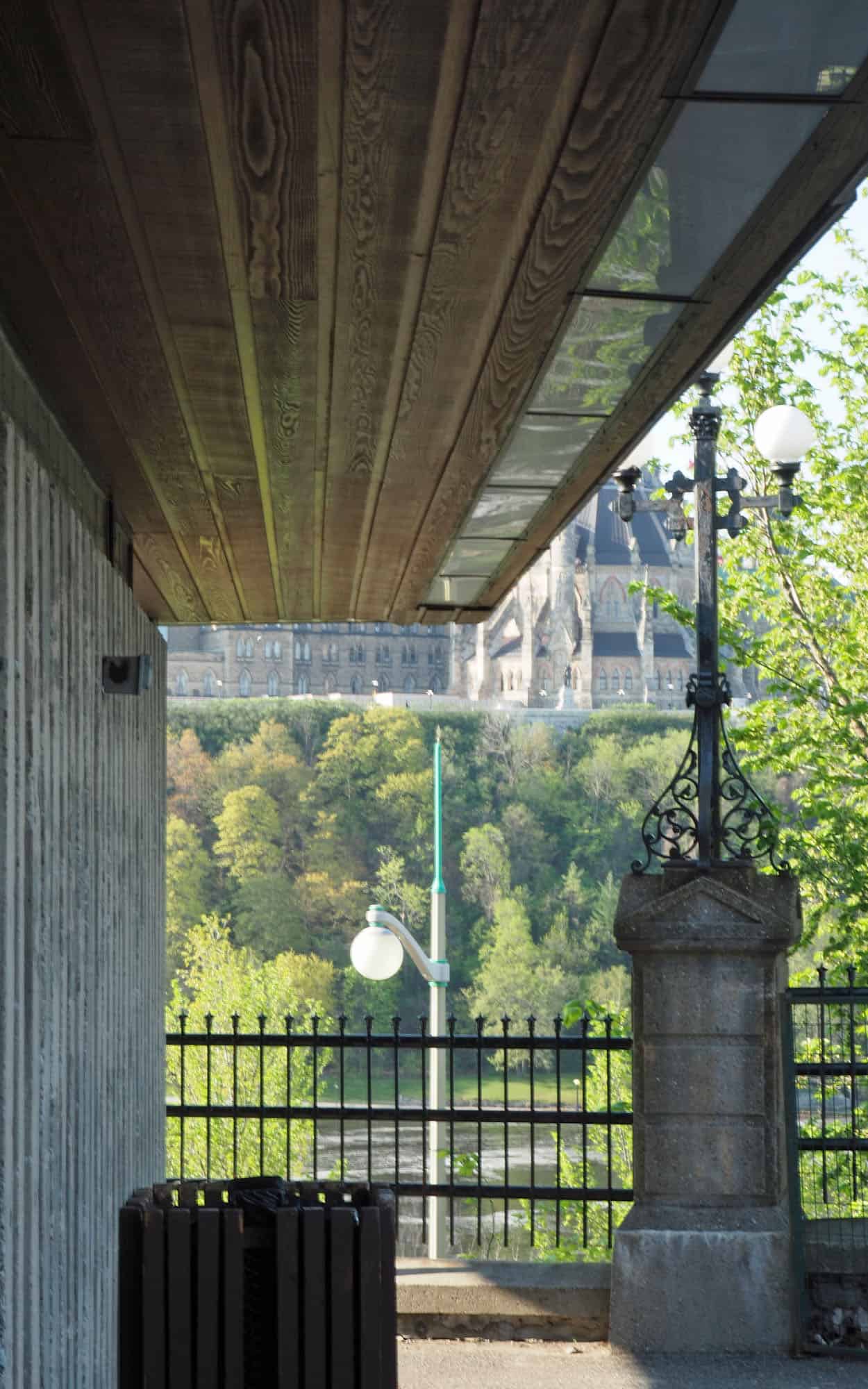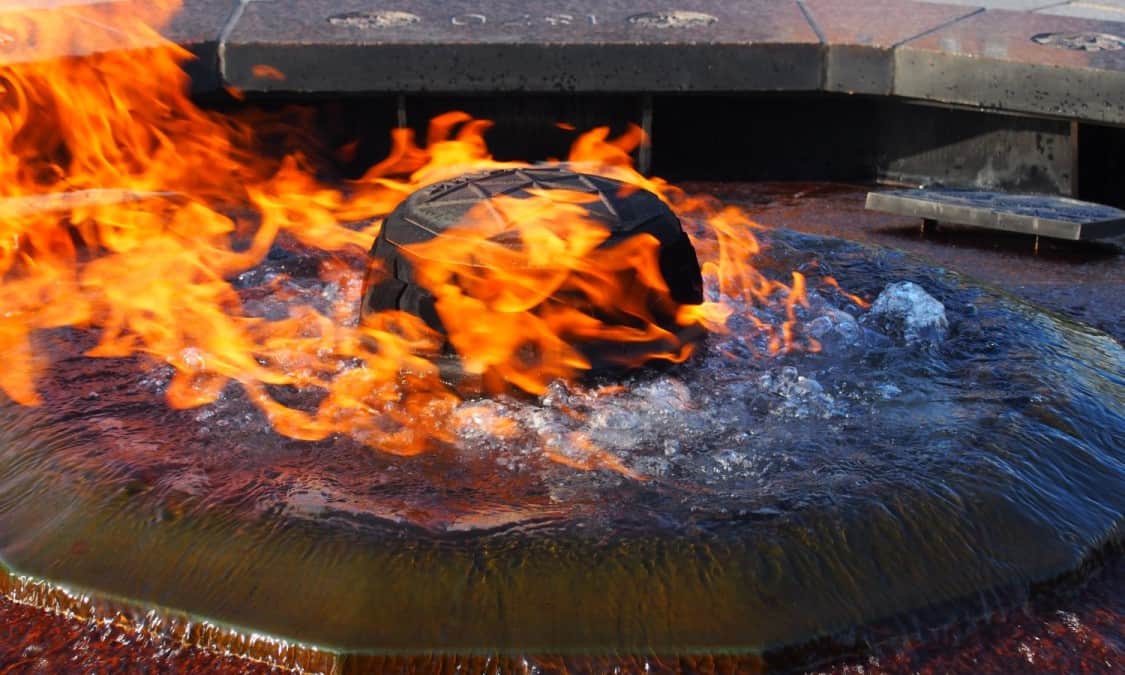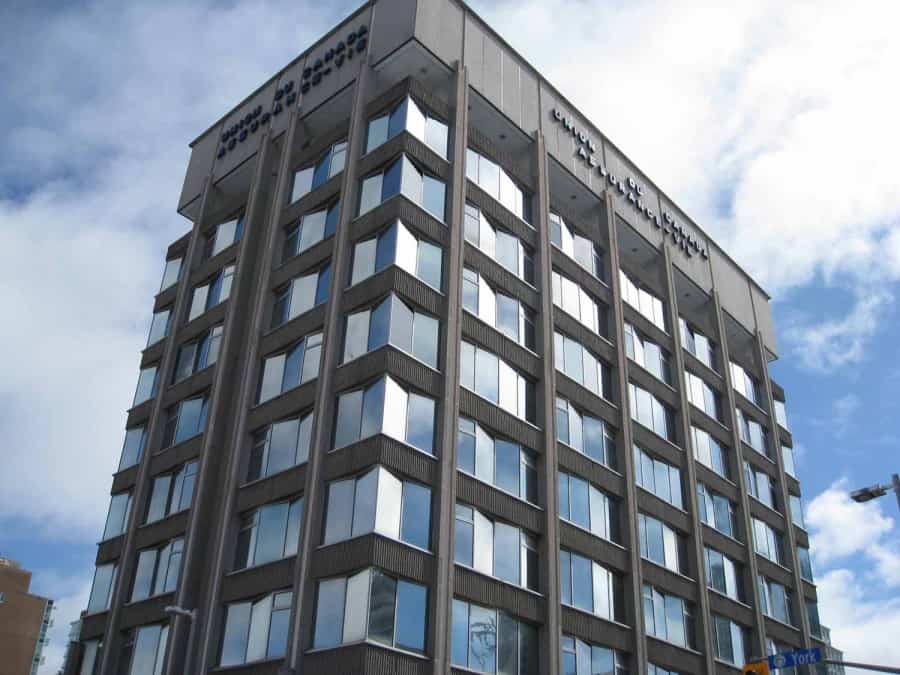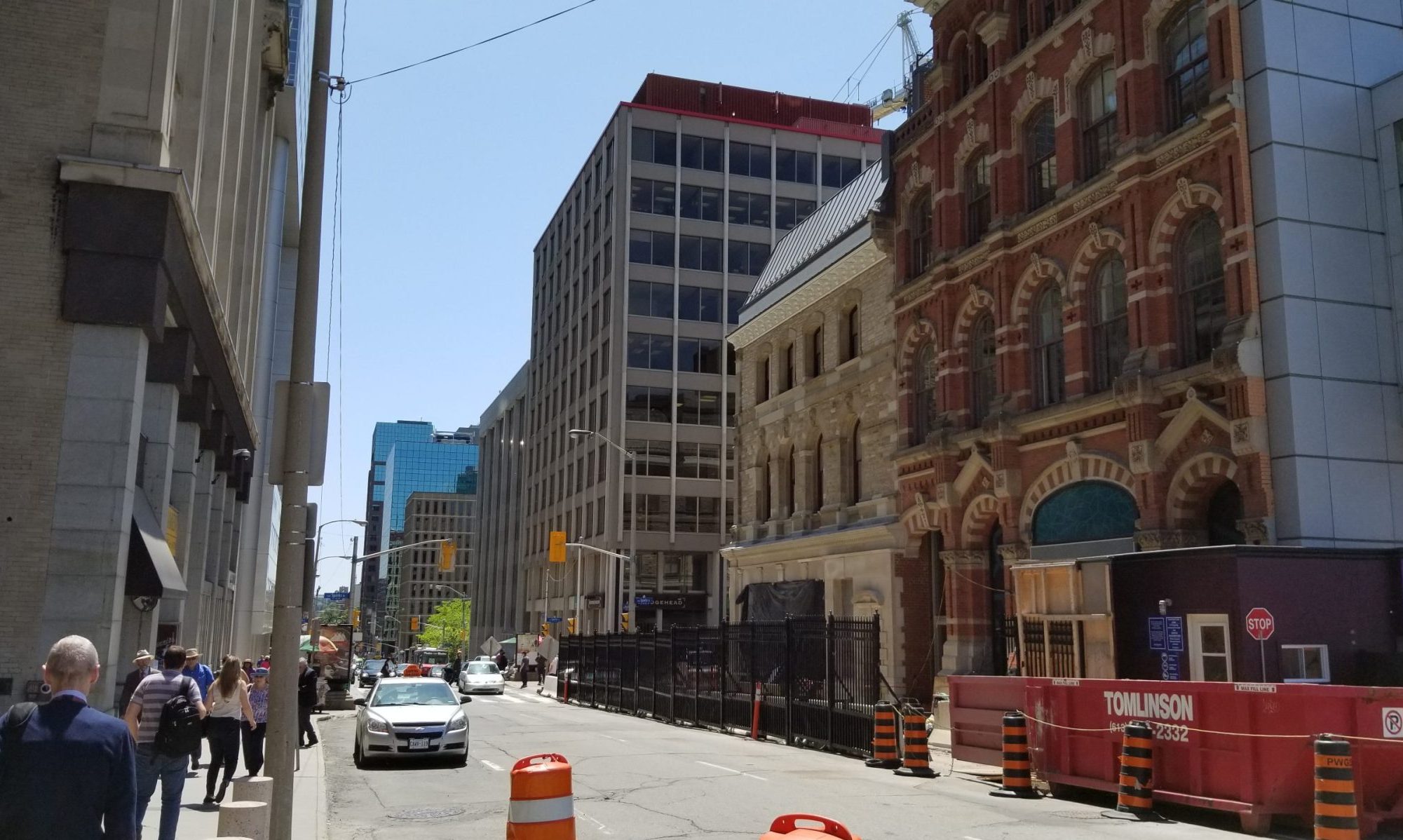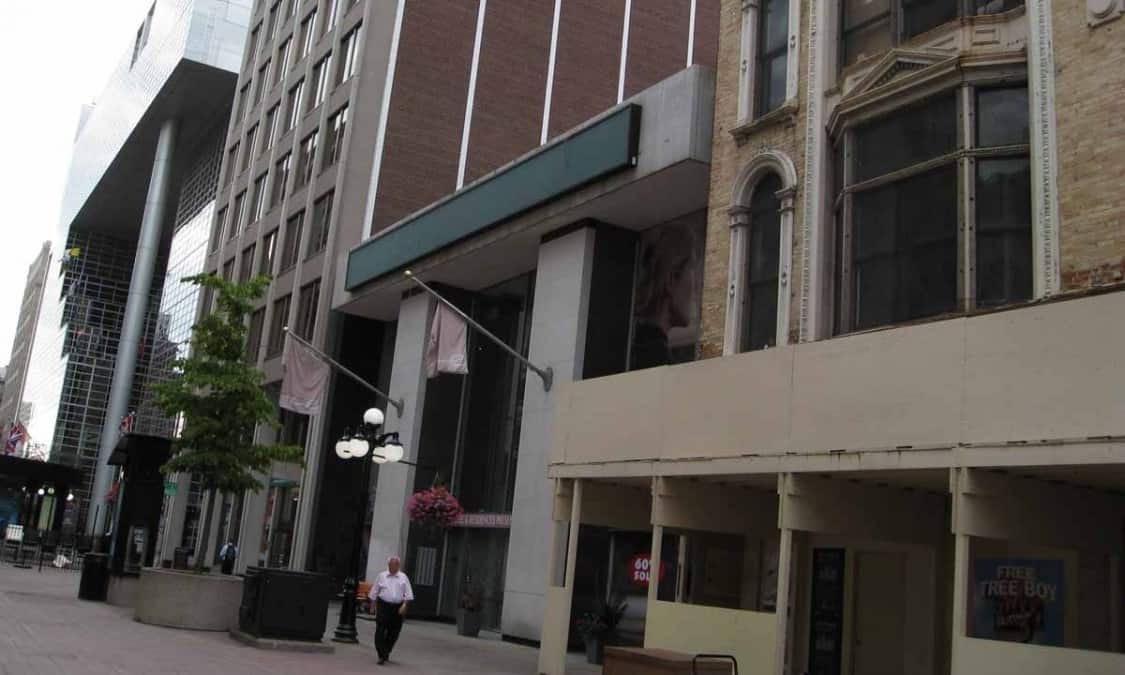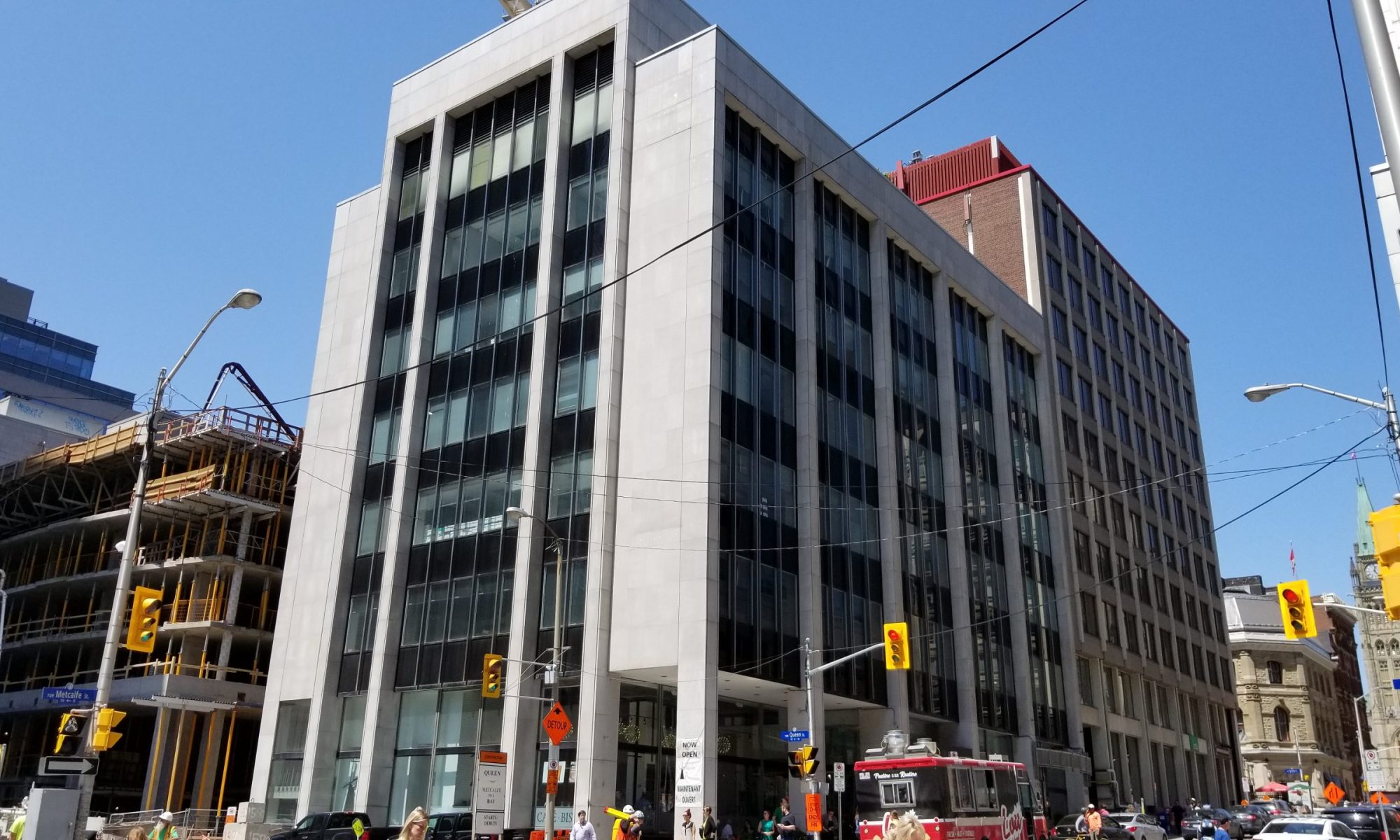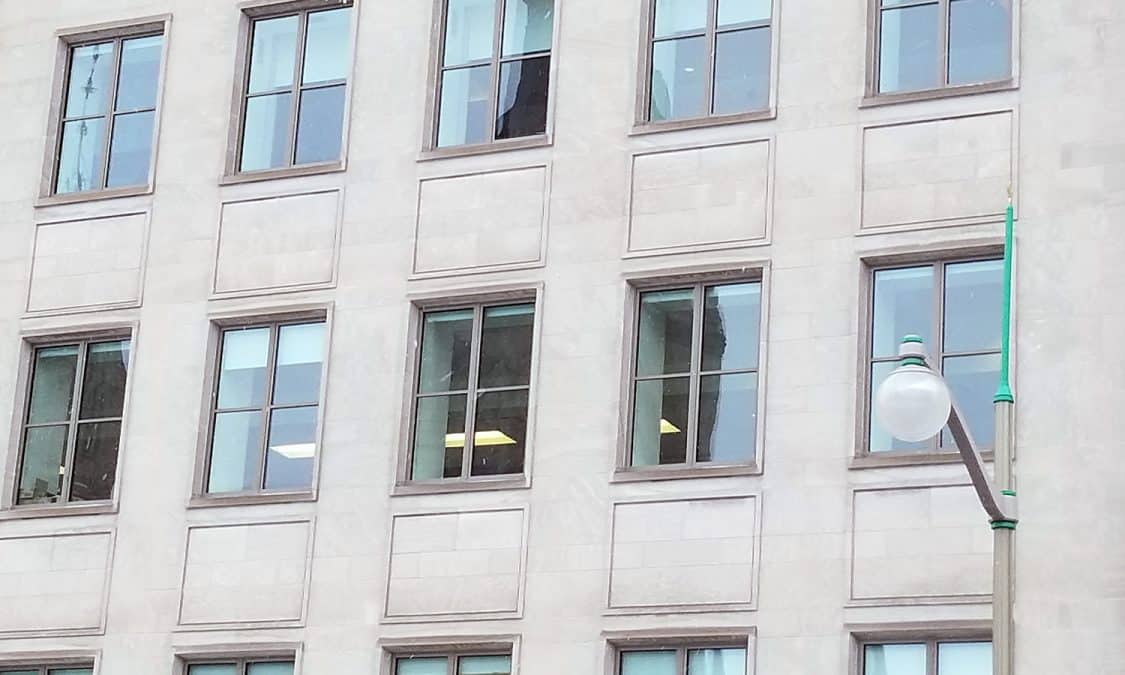Astrolabe Theatre
Occupying one of the most privileged sites in the capital region, the Astrolabe Theatre rests gently against the south escarpment of Nepean Point. From its perch visitors are provided with a spectacular view of the Parliamentary precinct, Major’s Hill Park, the Chateau Laurier, the Judicial Precinct, the Rideau Canal and on-and-on. Oh ya, at one time it was also used as a performance venue. While its purpose remains clearly legible, almost frustratingly so, the theatre remains partially fenced off since demolition plans were announced in 2011, 6 years ago as of this post.
The Astrolabe Theatre was completed in 1967 to provide a unique vantage point for the fireworks display and sound and light show that marked Canada’s Centennial. While its capacity would limit the number of people who could view the show from this location, the theatre, nestled into the edge of the surrounding park, would form one of many physical legacies bestowed upon the Capital region marking the Centennial. The intimate theatre is a simple structure composed of a concrete riser complete with wood bench seating set into the edge of a rising landscape on the edge of Nepean Point with an overall form that when viewed from above resembles a fish. All of the seating faces south towards the ovular stage set at the edge of the escarpment, with accessible seating available along the curved path at the top of the seating that still provides access to the theatre’s namesake, a sculpture of Samuel de Champlain. Supporting the functioning of the theatre are modest dressing rooms under the seating and one storey washroom structure that is integrated into the entrance of the theatre, a short distance from the National Gallery of Canada.
From inside the park, the gently bermed landscape largely conceals the theatre with the exception of the upper portion of its concrete retaining wall, the very top of the washroom pavilion and of course the prominently visible sculpture. Currently Nepean Point is also home to sculptures associated with the adjacent National Gallery including the 100 foot line.
When constructed the theatre was well received and used as a permanent outdoor performance venue, something that Ottawa still has in short supply, however over the last few decades mounting deferred maintenance, lack of use and a now isolated location have caused the theatre seating to be permanently fenced off. It is not clear when the decline started, however the construction of the National Gallery, completed in 1988, severed Nepean Point and the Astrolabe Theatre from the surrounding context.
While the theatre site is subject of a design competition that includes consideration of reintroducing a bridge between Major’s Hill Park, the associated efforts are in the early stages with no firm commitment on funding to construct the eventually selected design. Until then this underappreciated and previously open public space will continue to languish, the victim of competing agendas and the lack of a simpler vision, one that simply addresses the necessities to return safe and accessible public use of the theatre. Of course, this would also require an appropriate level of programming to truly activate the space. Generating interest through sustained programming to eventually achieve a critical mass may be the most difficult part as evidenced by the lack of interest in other Centennial era public spaces such as the National Arts Centre and its associated landscapes. Spaces like this need to be activated and with a site like this, one would think that activation would be easier than countless other sites.
Exploring the Capital
Parks and Gardens

